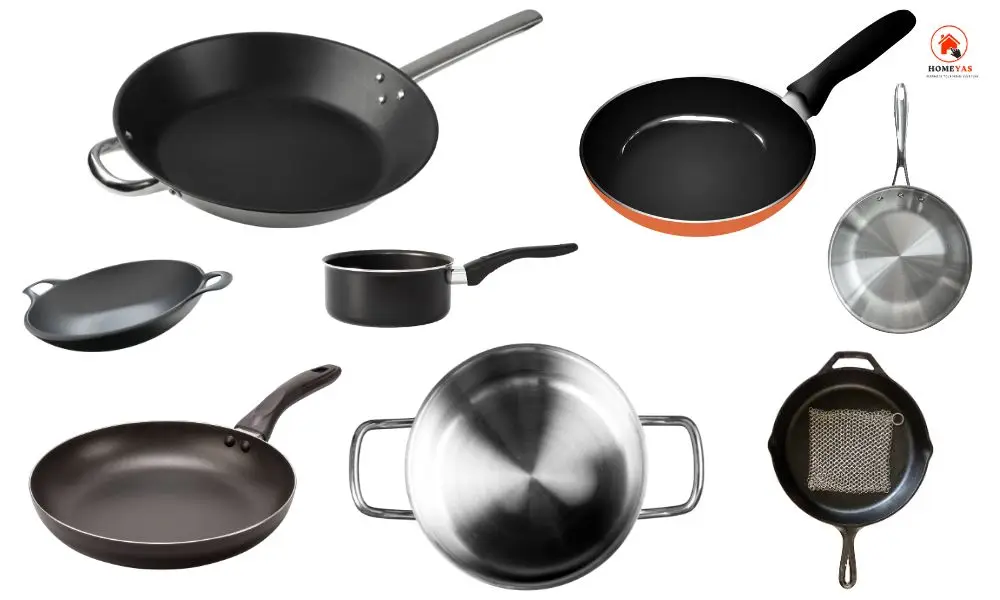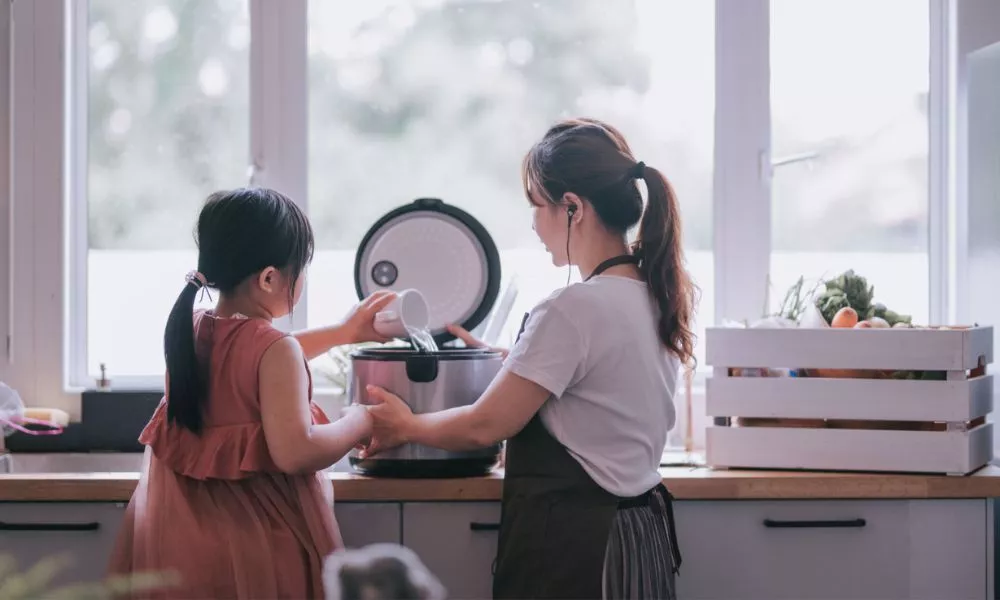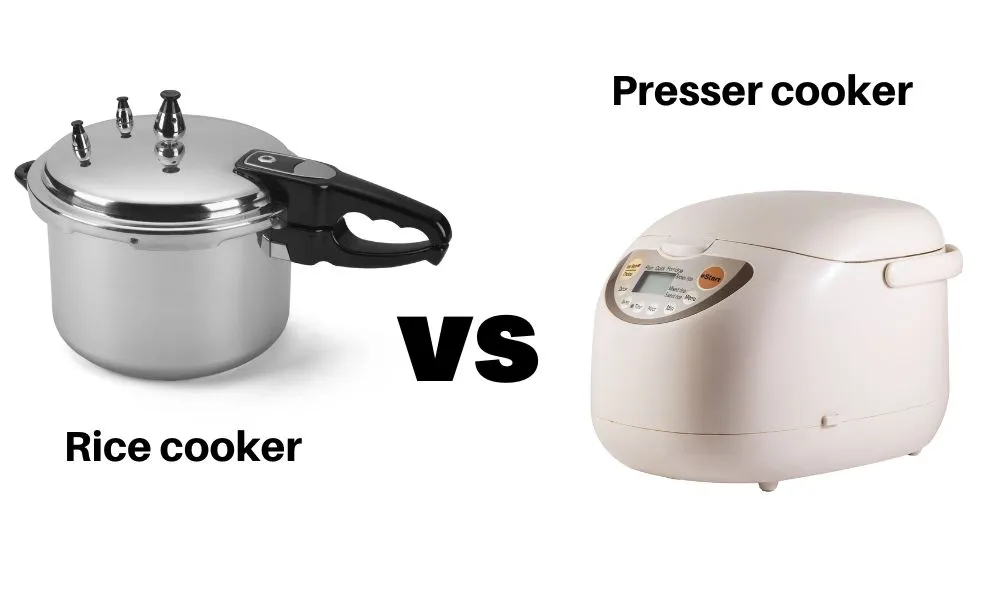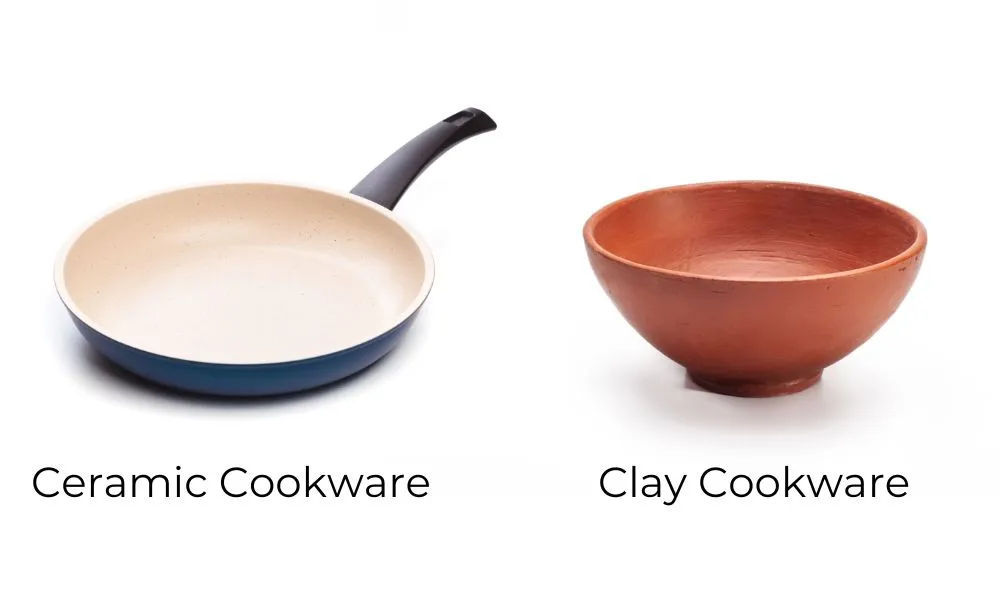Types of Cookware- Cooking is an art that requires the right tools, and one of the most important considerations in any kitchen is the selection of cookware. With a wide variety of options available of Different Types of Cookware, it can be overwhelming to choose the right type of cookware that suits your needs. In this article, we will explore different types of cookware, their advantages, and their best uses, helping you make an informed decision when stocking your kitchen.
Cookware plays a vital role in the culinary world, influencing the taste, texture, and overall cooking experience. Understanding the different types of cookware and their unique properties will empower you to create delightful meals while preserving the integrity of your ingredients.
Different Types of Cookware
1. Stainless Steel Cookware

Stainless steel cookware is a popular choice among professional chefs and home cooks alike. Known for its durability and versatility, stainless steel pans and pots are resistant to rust, corrosion, and staining. They distribute heat evenly, allowing for precise cooking control. Moreover, stainless steel cookware is dishwasher-safe and easy to maintain, making it a long-lasting investment for your kitchen.
2. Nonstick Cookware
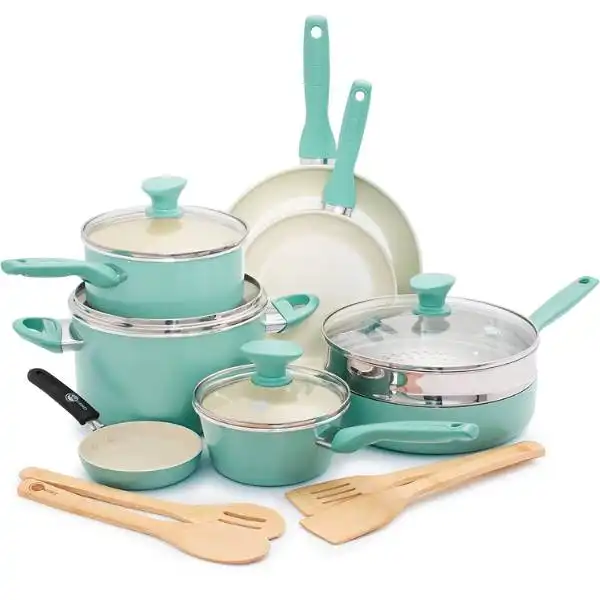
Nonstick cookware is designed with a special coating that prevents food from sticking to the surface. This type of cookware requires little to no oil, making it a healthier option for low-fat cooking. Nonstick pans are ideal for delicate dishes like eggs and fish, as they allow for easy flipping and cleanup. However, it’s important to use nonstick utensils to avoid damaging the coating and to follow the manufacturer’s instructions for maintenance.
3. Cast Iron Cookware

Cast iron cookware has stood the test of time, known for its exceptional heat retention and distribution. These heavy-duty pots and pans are perfect for slow cooking, frying, and baking. With proper seasoning, cast iron develops a naturally nonstick surface and enhances the flavor of dishes. Although cast iron requires extra care to prevent rusting, it offers unmatched durability and can be passed down through generations.
4. Copper Cookware
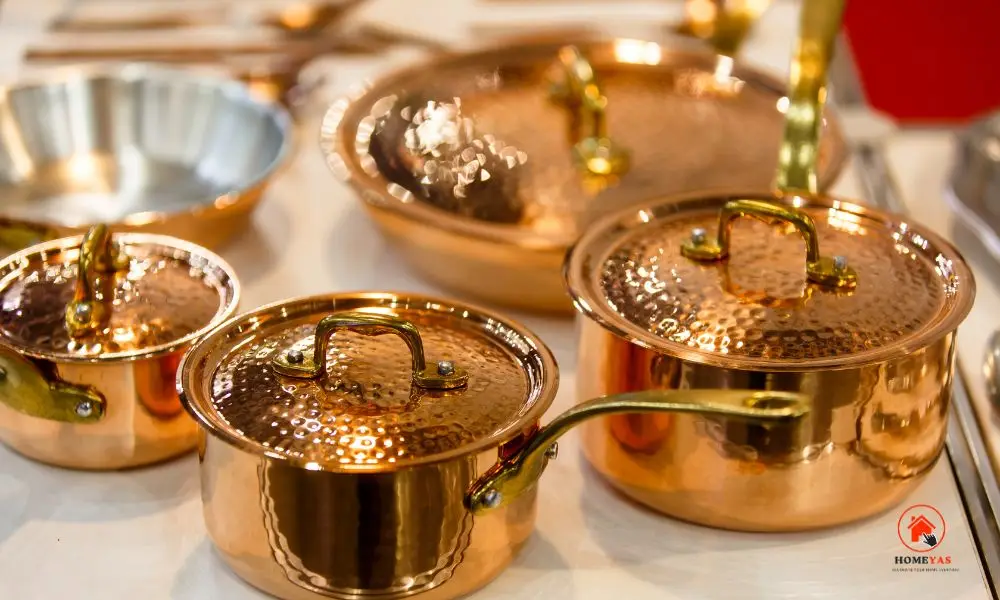
Copper cookware is a favorite among professional chefs due to its excellent heat conductivity. Copper pans and pots provide precise temperature control, allowing for quick and even cooking. The shiny, aesthetically pleasing appearance of copper cookware adds a touch of elegance to any kitchen. However, copper requires regular polishing and maintenance to prevent tarnishing and discoloration.
5. Aluminum Cookware
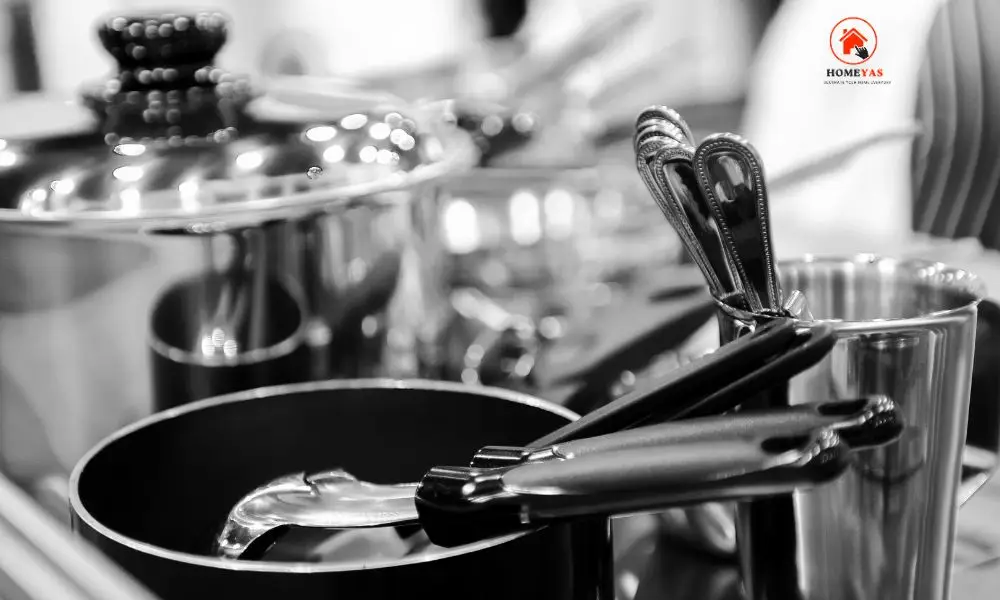
Aluminum cookware is lightweight, affordable, and an excellent heat conductor. It heats up quickly and evenly, reducing cooking time. However, bare aluminum cookware can react with acidic or alkaline foods, imparting a metallic taste. To overcome this, many aluminum pans are now coated with nonstick or stainless steel layers, providing a safe and durable cooking surface.
6. Carbon Steel Cookware
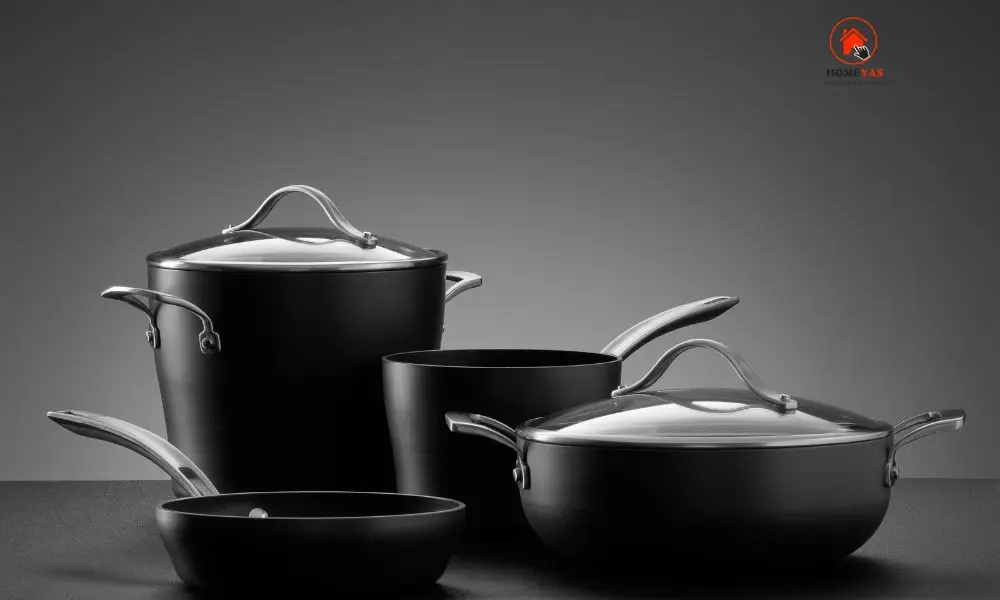
Carbon steel cookware shares similarities with cast iron but is lighter and more responsive to heat. It is a popular choice for professional chefs due to its excellent heat retention and ability to withstand high temperatures. Carbon steel pans require seasoning and regular maintenance to prevent rusting, but when properly cared for, they develop a naturally nonstick surface that enhances the cooking experience.
7. Ceramic Cookware

Ceramic cookware offers a non-reactive cooking surface that is free from harmful chemicals. It is an excellent choice for those who prefer natural and eco-friendly options. Ceramic pans and pots distribute heat evenly, ensuring consistent cooking results. However, they are more prone to chipping and require careful handling to maintain their longevity.
8. Glass Cookware
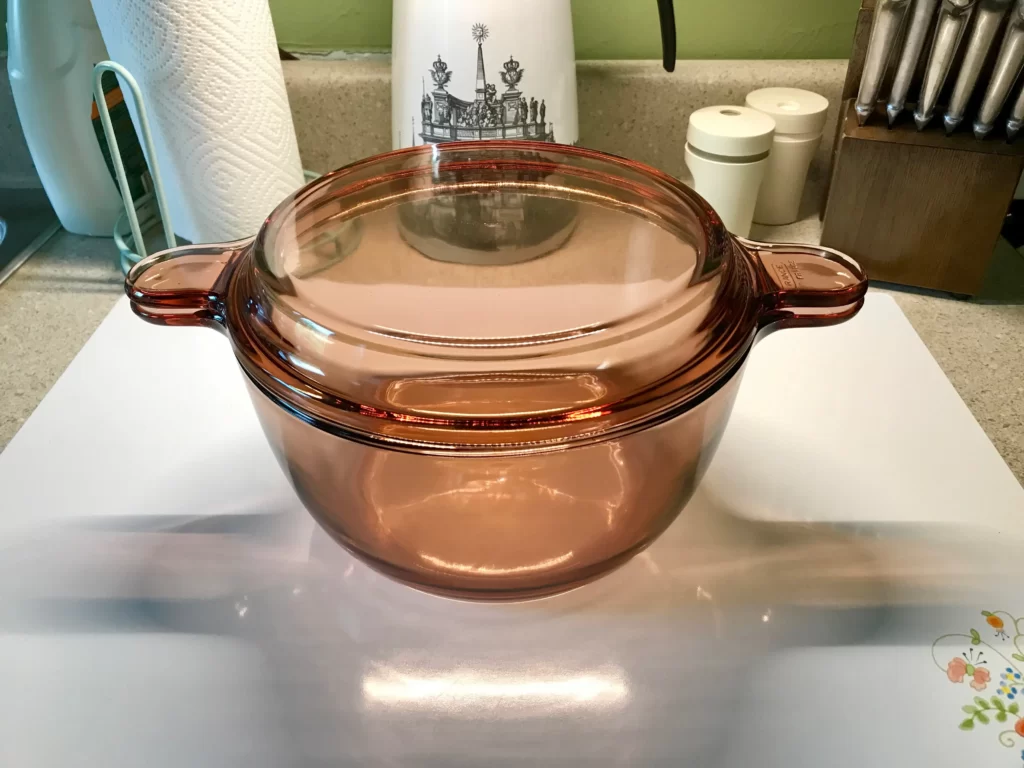
Glass cookware is versatile and suitable for oven-to-table cooking. It is non-reactive and does not absorb flavors, making it ideal for baking and storing food. Glass dishes allow you to monitor the cooking process and ensure even browning. However, they are more fragile than other types of cookware and can shatter under extreme temperature changes.
9. Induction Cookware

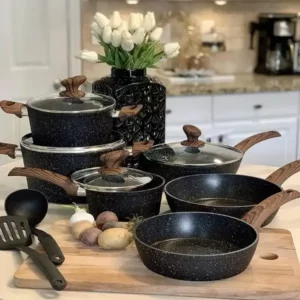
Induction cookware is specifically designed for induction cooktops, which use magnetic fields to heat the cookware directly. These pots and pans are constructed with a magnetic base that ensures efficient and precise heat transfer. If you have an induction cooktop, it is essential to choose cookware specifically labeled as “induction-compatible” for optimal performance.
10. Teflon Cookware

Teflon cookware is a type of nonstick cookware coated with a synthetic fluoropolymer called Teflon. It offers a smooth and slippery surface that prevents food from sticking and allows for easy cleanup. Teflon cookware distributes heat evenly and is best used with gentle utensils to avoid scratching the nonstick coating. While concerns have been raised about the safety of Teflon at high temperatures, when used correctly, it is considered safe for everyday cooking. Proper care, such as hand-washing and avoiding harsh cleaners, is important for maintaining the longevity of Teflon cookware.
11. Hard anodized cookware
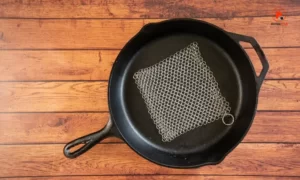

Hard anodized cookware is aluminum cookware that has undergone an electrochemical process to create a durable and non-reactive surface. It offers even heat distribution, excellent heat retention, and a naturally nonstick property. Hard anodized cookware is resistant to scratches and corrosion, and it is safe to use. Maintenance is relatively easy, requiring gentle cleaning methods. Overall, hard anodized cookware provides a reliable and convenient cooking experience.
12. Porcelain Cookware

Porcelain cookware is made by fusing a glass-like enamel onto a metal base, such as cast iron or steel. It offers a non-reactive, nonstick surface that resists staining and corrosion. Porcelain cookware distributes heat evenly and retains heat well. It is oven-safe and suitable for various cooking methods. Cleaning requires gentle methods to avoid scratching the porcelain enamel coating. Overall, porcelain cookware provides an elegant appearance, efficient cooking performance, and easy maintenance.
13. Titanium cookware
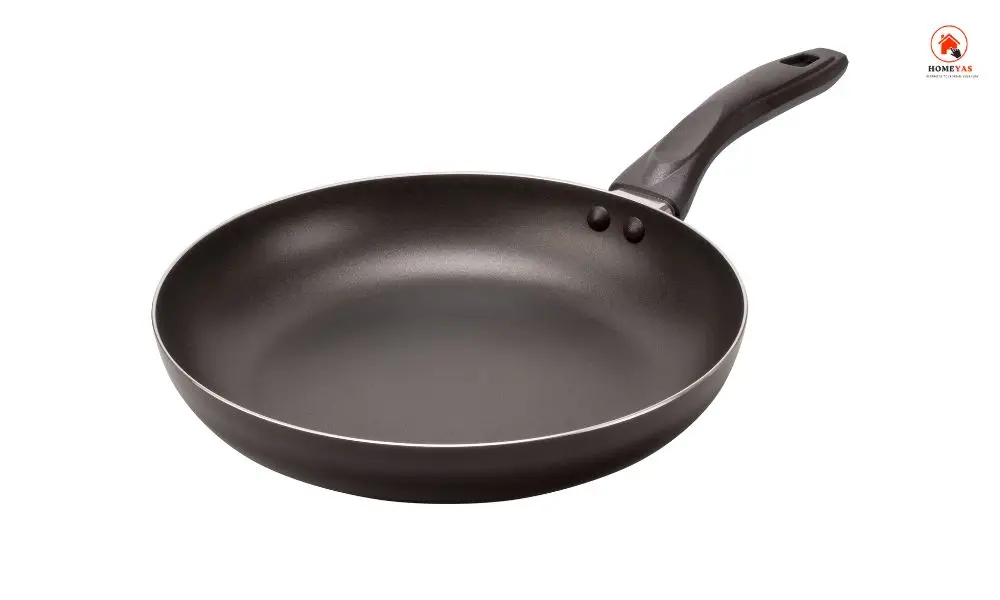
Titanium cookware is a lightweight and durable type of cookware made from titanium alloy. It conducts heat efficiently and evenly, ensuring consistent cooking results. Titanium cookware is non-reactive, meaning it won’t affect the taste of food. It is also resistant to scratches and corrosion, making it long-lasting. Some titanium cookware comes with a nonstick coating for easy food release and cleaning. It is recommended to hand wash titanium cookware with gentle cleaning methods. Overall, titanium cookware offers strength, heat conductivity, non-reactivity, and durability for a superior cooking experience.
14. Granite cookware
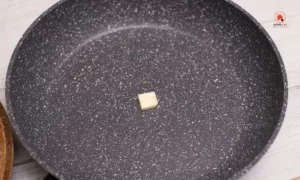
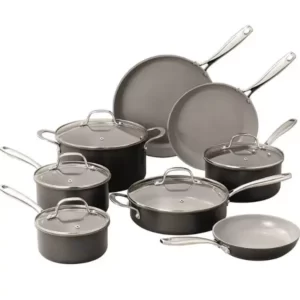
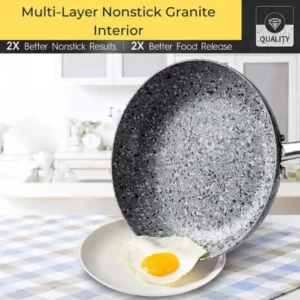
Granite cookware refers to a type of cookware that is constructed with a nonstick coating infused with particles of granite or a granite-like substance. While the name suggests the presence of actual granite, it is important to note that the coating is typically a composite material that mimics the appearance and properties of granite.
Conclusion
Choosing the right cookware for your kitchen is crucial to elevate your cooking experience. Each type of cookware offers distinct advantages and best suits specific cooking techniques and preferences. Whether you opt for the durability of stainless steel, the convenience of nonstick, or the versatility of cast iron, investing in high-quality cookware will enhance your culinary endeavors for years to come.
FAQs about Different Types of Cookware
Is stainless steel cookware oven-safe?
Yes, stainless steel cookware is generally oven-safe. However, it’s important to check the manufacturer’s guidelines for the specific cookware you own, as some handles may not withstand high oven temperatures.
Can nonstick cookware be used with metal utensils?
To prolong the lifespan of nonstick cookware, it is recommended to use utensils made of silicone, wood, or plastic. Metal utensils can scratch the nonstick coating and reduce its effectiveness.
How can I remove stains from copper cookware?
To remove stains from copper cookware, create a paste of equal parts vinegar, salt, and flour. Apply the paste to the affected areas, let it sit for a few minutes, then gently scrub with a soft cloth or sponge.
Is ceramic cookware dishwasher-safe?
While some ceramic cookware is labeled as dishwasher-safe, it is generally recommended to hand-wash it to prolong its lifespan. Dishwasher detergents can be abrasive and may cause the ceramic glaze to fade over time.
Can glass cookware be used on the stovetop?
Most glass cookware is not suitable for stovetop use, as direct heat can cause the glass to crack or shatter. It is best to use glass cookware in the oven or microwave.
